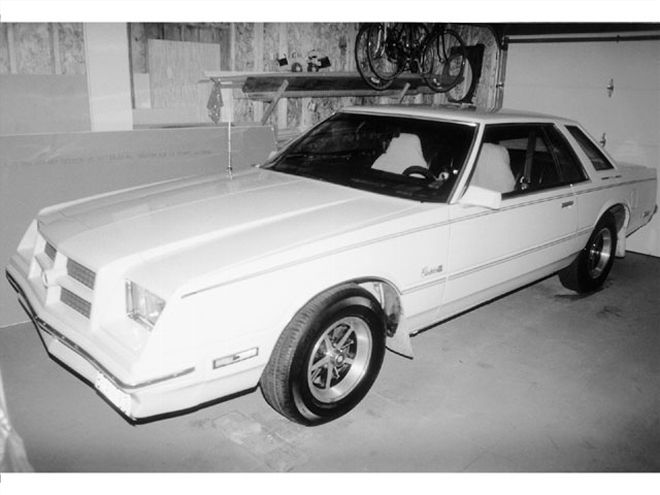

One of the great things about the aftermarket is that you can buy parts which not only improve performance but are also much more durable. Those parts include polyurethane bushings, stainless steel headers and exhaust systems, aluminum radiators, stainless steel lines, and others which essentially don't corrode and don't wear out. One other such item is the flexible braided steel brake hose in place of the old rubber and fabric style. The braided steel covering provides protection from cracking, fraying, abrasion, and any other kind of damage you can think of. Plus, it also drastically limits the amount of hose expansion during hard braking. The old style brake hose acts somewhat like a balloon under high braking pressures, because some of that pressure expands the hose rather than pushing the caliper as it should. The result is reduced braking force and loss of sensitivity.
The braided line acts more like the hard steel lines in the system; fluid pressure goes to the brake cylinders where it belongs. Russell Performance offers three line kits (two front and one rear hose) to cover most Mopar muscle cars from the '60s and '70s. The inner Teflon(r) hoses are covered by braided stainless steel and the fittings are zinc plated for corrosion resistance. They also are DOT approved for use on passenger cars. Russell offers a couple of universal kits, depending on caliper end adapters and other concerns. Unfortunately, even this wasn't enough to cover the brake lines for Volars/Aspens and Mirada/Cordobas (F- and M-Bodies). However, all is not lost. With the help of Juan at the Russell tech line, we came up with a fairly simple solution. The front hoses were customized at Russell with a 31/48-24 male fitting on the end, which will mate with your original F-/M-Body line's 90-degree end fitting once it is modified with a little drilling and tapping.
Follow along and we'll show you how it's done. Aside from the little bit of adapting you'll need to do for the F- and M-Bodies, the rest of the installation can apply to all other vehicles.
Don't forget to bleed your braking system. Start with the brake cylinder farthest from the master cylinder, which is usually the right rear. Then the left rear, followed up by the right front, and finish with the left front. Make sure you keep an eye on the fluid level, and only use fresh, clean brake fluid. If you are unsure about the procedure, consult your car's manual. You do have a manual, don't you?
And how does everything work once you've got it all installed? In normal day-to-day driving, you won't notice much difference with the new hoses. But if you're coming down hard from speed, once you've got your foot in it about half-way, you'll notice the instant braking response. The new lines transmit pressure far more effectively when the going gets tough. Although the total braking power of the system is slightly increased since now all the brake pressure reaches the calipers, most importantly it allows you to modulate braking better, thereby extracting the most from your brakes. Plus, it's nice to know that you'll never have to worry about your brake hoses again!